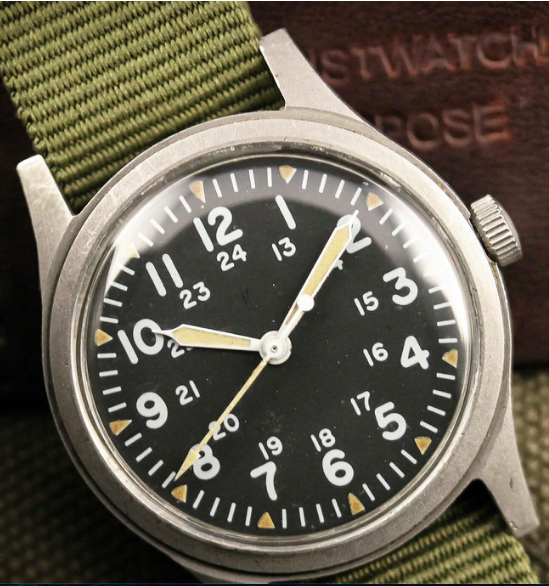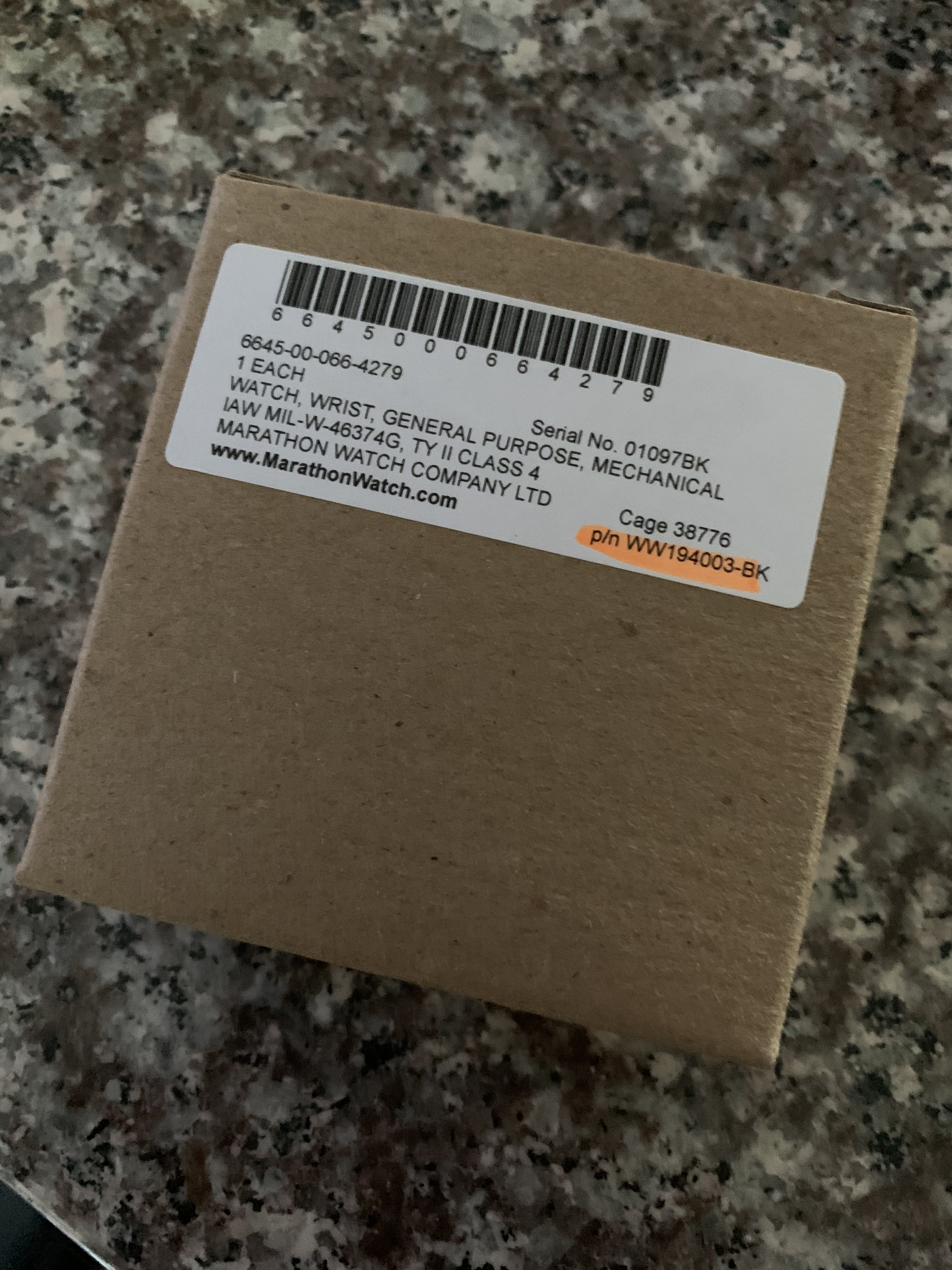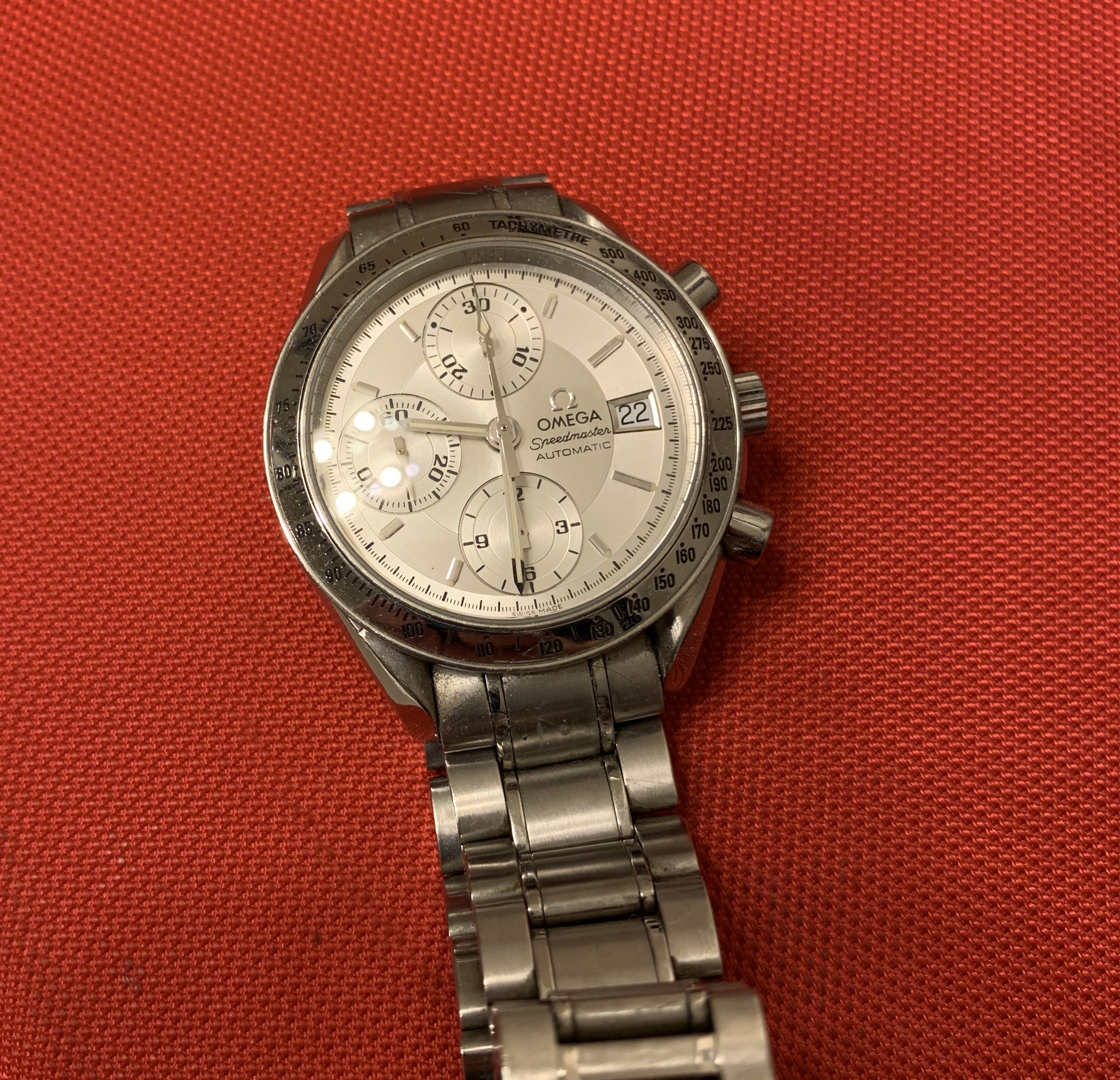Hey, it’s my blog. Everything doesn’t have to be technical if I don’t want it to be. I was with my gf’s family over Christmas and somehow or another Roosevelt came up. I snuck in my favorite Roosevelt story which dealt with the 1908 $20 Gold Saint Gaudens coins.
Roosevelt was deeply involved in the US Mint and felt that our US coinage should be more spectacular. In 1905 he commissioned Augustus Saint Gaudens to design new gold coinage ($2, $5, $10, $20).
Roosevelt also felt like that the phrase “In God We Trust” was inappropriate as the coins could be used in criminal activities and he didn’t want them bearing the name of God on them. So in 1908 the $20 coin was struck with no In God We Trust motto. While his heart was in the right place the public outcry was quite the opposite and sufficient pressure was placed to return the motto in late 1908.


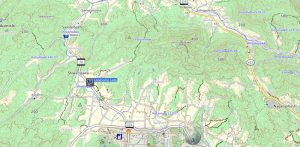
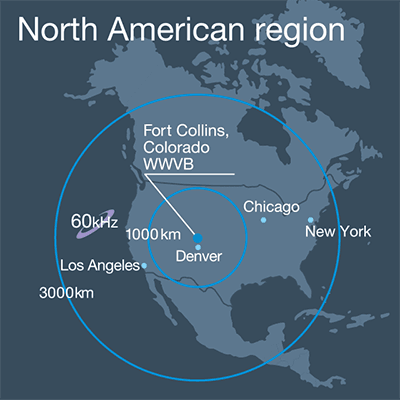
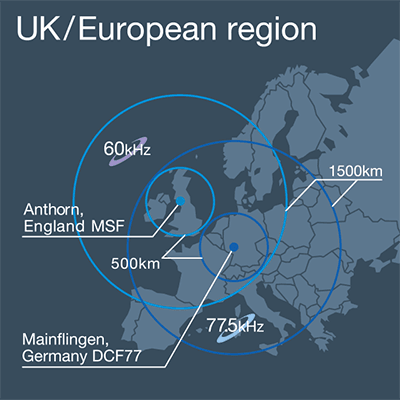

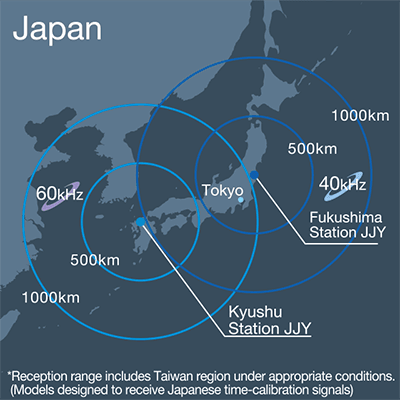
 Rolex, Omega, Breitling, Casio, Timex, Citizen and on, and on, and on. Some watch brands we know. Some we have never heard of. I recently became interested in Horology, which is the study of the measurement of time.
Rolex, Omega, Breitling, Casio, Timex, Citizen and on, and on, and on. Some watch brands we know. Some we have never heard of. I recently became interested in Horology, which is the study of the measurement of time.